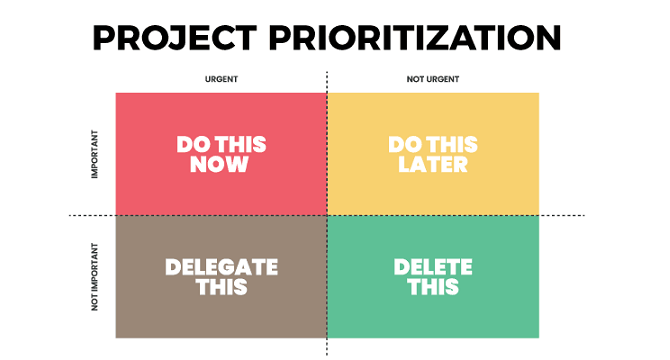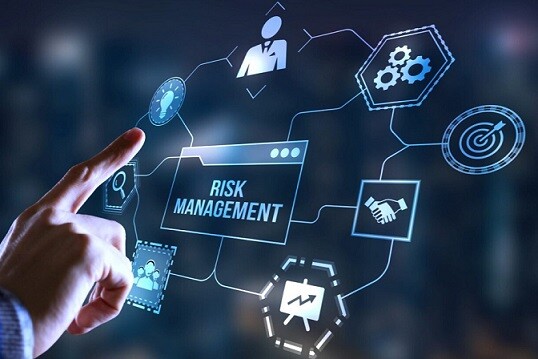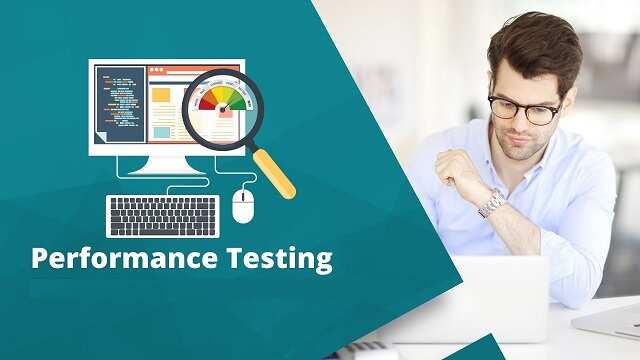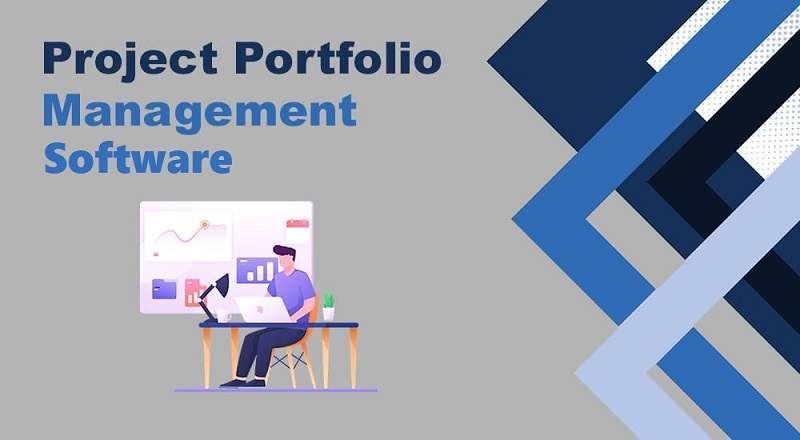Tired of juggling multiple projects? Trying to keep track of deadlines and resources? Do you often find yourself drowning in a sea of spreadsheets and paperwork, struggling to stay organized?
We know your pain. But let us tell you — You are not alone.
Many businesses go through this situation, and the best way to get out is by introducing a solution to your business that helps you ensure that all your tasks are completed on schedule, within budget, and aligned with your company’s strategic objectives, which saves your project from missed deadlines, resource conflicts and poor outcomes.
Project Portfolio Management (PPM) software enables you to do just that, plus it helps organizations regain control over their projects and operations.
If you, too, are looking for a solution that takes your company out of the chaos and brings clarity to it, keep reading. Because in this article, we’ll look at how PPM software will help you do the same by providing project prioritization, resource allocation, risk management, and performance monitoring.
Online Portfolio: 8 Tips to Build it Right
1. Project Prioritization

Prioritizing projects is sometimes a major challenge for businesses to meet their company’s goals because limited resources and competing priorities make it difficult to decide which tasks are most important and should be given top priority. PPM software allows businesses to prioritize their projects by giving them a comprehensive overview of their planned and ongoing projects.
Considering a few key criteria, such as strategic alignment, resource availability, and risk assessment, help companies identify and prioritize the most critical projects that will deliver the maximum value to their business. Not only that, but PPM software also enables companies to monitor project progress in real-time and adjust priorities according to changing circumstances. With this, resources get allocated to the most important project at the moment.
2. Resource Allocation

Limited resources like people, equipment, and funds cause conflicts and delays, but project managers must deliver the work within the allowed resource. This problem can be dealt with by using the right tools and techniques. A portfolio software gives a complete picture of each project’s resource needs and availability in front of the manager, which helps them allocate the resources more efficiently.
Also, it helps them spot any potential resource conflict that may arise and make necessary adjustments. While using PPM software, you can also spot resources that can be shared across multiple projects, which results in maximizing resource utilization and guarantees projects are completed within budget and on time.
3. Risk Management

It won’t be an exaggeration if we say risk management can make or break the success of your projects. A well-organized risk management strategy helps you identify, assess, and mitigate potential risks so that you can minimize the impact of unforeseen events and ensure that your projects stay on track.
PPM software provides a central location to easily track and manage risks across all your projects. With this help, you are able to look at potential issues and develop strategies accordingly to mitigate them before it takes over and create major problems.
For a start, create a risk management plan that outlines your approach to identifying and dealing with the risks. Your plan should include a risk register that lists all the possible risks associated with your projects, along with their likelihood and impact. Once you list all the associated risks, use a good project portfolio management solution to track them and develop mitigation strategies.
4. Performance Monitoring

Performance monitoring, another essential component of project portfolio management, allows you to track progress, identify issues, and make data-driven decisions to optimize your portfolio’s performance. Performance monitoring allows you to track projects, identify potential risks and roadblocks, and take measures to improve your overall portfolio.
In order to start with performance monitoring, establish clear performance metrics and KPIs that align with your business goals. Once done with that, you can begin to monitor performance using PPM software.
In addition to the project’s performance monitoring, PPM software also helps you monitor your portfolio’s overall health. This includes tracking resource utilization and identifying bottlenecks and inefficiencies.
Conclusion
Managing multiple projects and resources within an organization is not child’s play. It requires a lot of time and effort, and still, there are chances of errors and project failure.
Therefore high-performing teams use Project Portfolio Management (PPM) software to take control of their operations and bring clarity to their organization, as it provides project prioritization, resource allocation, risk management, performance monitoring, and other useful features that help them achieve their objective and drive business success.




